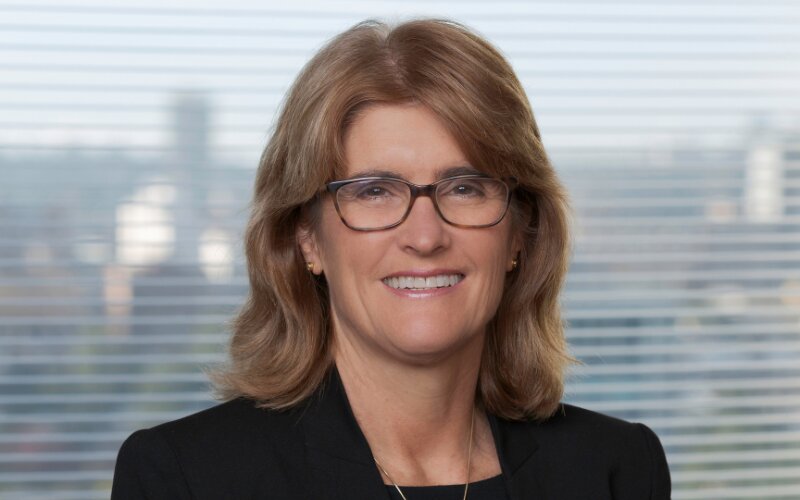While mortgage holders across Australia are likely relieved the RBA once again decided against further cash rate increases, there is concern among experts rates are not yet high enough to curb inflation sufficiently.
Warren Hogan, chief economic adviser at Judo Bank, said the decision showed the Reserve Bank is "not determined to bring inflation down".
Speaking on the Savings Tip Jar podcast just after the decision was revealed, Mr Hogan pointed out Dr Philip Lowe and the RBA board have seemingly moved the goalposts on inflation.
Up until May, the statements on monetary policy maintained the RBA was forecasting inflation to drop to 3%, within the target range by mid 2025, but yesterday's statement instead said inflation would reach the 2-3% target range by 'late 2025'.
"Basically, what they're saying is we're not raising rates, we're going to live with inflation for longer," Mr Hogan told the podcast.
"That has a range of implications, not least that it's going to bring the misery to the broader community for longer."
CPI inflation for the June quarter was softer than expected at 6%, which likely influenced the RBA decision, but Mr Hogan called the quarterly figures an "absolute illusion".
"[June] was a one off soft quarter," he said.
He said, July, the beginning of the new financial year, was an important time for price increases, and Australia could be set for some big ones.
"Not only do all the administered prices that are indexed, go up, and they're going to be indexed big time on the back of some high inflation in the last year, but we know of heaps of announcements that have come through from the private sector," Mr Hogan said.
He highlighted the insurance industry (Insurance Group Australia for example is raising motor premiums by 14% and property premiums by 20%) and rising transport logistic costs, among others.
"[Insurance and transport] are just the ones who have talked about it, most people don't tell people when they put their prices up," Mr Hogan said.
"Our Judo Bank PMIs [purchasing manager indices] picked up price increases across the whole services and manufacturing sector".
"[The RBA] are going to see that and they're going to realise they're just too skinny at 4.1%."
An inflation rate of 6.00% implies a negative cash rate of 1.9% in real terms.
Labour and housing 'seriously overheated'
Peter Tulip, chief economist at the Centre for Independent studies, also told the podcast he thinks Australia needs higher rates.
"While I don't think [August's monetary policy] decision was a surprising decision, I also think it was a disappointing decision," Mr Tulip said.
He thinks both the labour and housing market are overheated, pointing out low unemployment can lead to a price/wage spiral.
"Previously when we've had an unemployment rate of 3.5%, like in 2008 or the 1970s, that's been accompanied by rapidly accelerating prices and wages, and essentially it's got out of control," he told the podcast.
The idea that the RBA needs to intentionally increase unemployment is a controversial one: ACOSS CEO Cassandra Goldie has expressed 'deep concern' about unemployment rising to 4.5% this year, and the 150,000 Australians who would be out of a job.
"Jobs should no longer be needlessly sacrificed to curb inflation through aggressive interest rate hikes that raise the risk of a recession," Ms Goldie said in the aftermath of yesterday's decision.
However, Mr Tulip feels a slight increase in unemployment is necessary to avoid a much larger jump down the track.
"I think we need to aim at stabilising the unemployment rate, and it looks like the sustainable rate may be about 4.5%," Mr Tulip said.
However that doesn't mean people involuntarily lose their jobs; it means a slight cooling in the uptick of employment numbers, as Mr Hogan pointed out.
Both economists' views are at odds with the likes of ACOSS, which has suggested fiscal policy is a better way to fight inflation than interest rate rises.
"Fiscal policy is just a bad instrument for fine tuning of the macroeconomy," Mr Tulip told the podcast.
"We're about to see tax cuts come into place that were legislated what, four or five years ago?"
"I think the lags in fiscal policy are just terrible...the economy can adjust far more quickly than fiscal policy can."
The next cash rate decision will be held on Tuesday 5 September, Dr Phil Lowe's last as Governor.
Advertisement
Buying a home or looking to refinance? The table below features home loans with some of the lowest interest rates on the market for owner occupiers.
Picture by Sarah Kilian on Unsplash






 Harrison Astbury
Harrison Astbury
 Harry O'Sullivan
Harry O'Sullivan

 Hanan Dervisevic
Hanan Dervisevic


